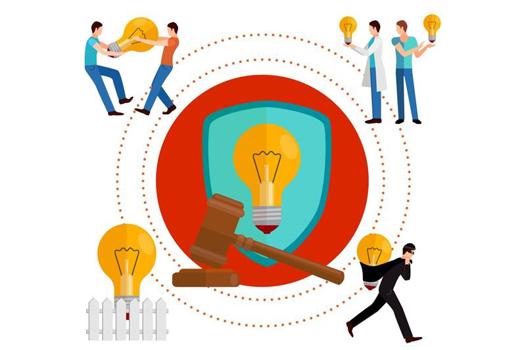Today’s executives are given increasing latitude to develop their own working styles, especially when their jobs involve creative thinking. But it wasn’t always so. One colleague recalls how his old boss laughed uproariously in response to a request to spend some thinking time by a lake in order to develop a more creative client pitch.
Nowadays large organisations, such as Microsoft, are just as likely to have their own lake or other creative setting on site. But whether it’s a lake to walk around or something completely different, here are 10 approaches to get your creative juices flowing:
- Find your perfect setting. Hollywood screenwriter Aaron Sorkin gets fired up while taking a shower. He even installed one in his office. By contrast Sarah Ellis, managing director of creative business Gravity Road, visits her favourite Soho café where "one of my best bosses used to sit with me and listen to my weird and wonderful ideas", she says. So reflect on when and where you’re more productive – and do more of it.
- Take a walk. Movement in the body triggers movement in the brain. So stroll around the block or even just to the lobby. Ellis likes to walk while talking on the phone.
- A run or a swim. Entrepreneur Amelia Torode creates time to run or swim every day despite her long working day, "to feel challenged, engaged and balanced". We don’t always do this even though we know it’s good for us in so many ways. Sometimes it just requires a mindset change and careful scheduling.
- Create alone time. One senior manager recently lamented how he only had time for ‘strategic thinking’ on car journeys. If your diary gets booked up quickly schedule a meeting of one.
- Go into ‘monk mode'. It’s hard to do what writer Cal Newport calls ‘deep work’ given the many interruptions and distractions of modern life. For work that really matters he suggests Monk-Mode Mornings (or at least ‘Monk hour’) free of meetings, emails and mobile alerts.
- Mix it up. Different tasks require different settings, so switch between office, coffee shop, staff canteen, museum or other favoured locations.
- Choose your moment. Most of us are familiar with that post-lunch dip in energy. In his book When: The Scientific Secrets of Perfect Timing Daniel Pink notes that most of us peak during the late morning, suggesting that you ‘nudge your most important work, which usually requires vigilance and clear thinking, into your peak period'. Conversely, don’t try to be constructive at 2.55pm. Take a break or walk instead.
- Select the right tools. We are all prone to opening up our digital devices even when they aren’t needed. Try a notepad and pencil sometimes instead of a flashing cursor. Author Austin Kleon has two desks, one analogue the other digital, depending on the type of decision he needs to make.
- Change your route. Nicholas Creswell, VP of talent and development at Thomson Reuters, likes to vary his commute. Taking the Thames riverboat to his Canary Wharf office may be slower than taking the Tube "but I'm always more charged up", he says.
- Explore different worlds. Get out and expose yourself to different perspectives and different approaches (especially those of your customers). Attend events, like The Do Lectures, that may not be connected to your sector. Ellis likes to meet new people unrelated to her work to "free up my thinking in new ways" while Sally Wright, senior marketing director EMEA at Tektronix, photographs inspirational images and files them for later viewing.
Ian Sanders is a creative consultant, author of four books on work and business, and freelance business writer for Financial Times | IE Business School Corporate Learning Alliance







